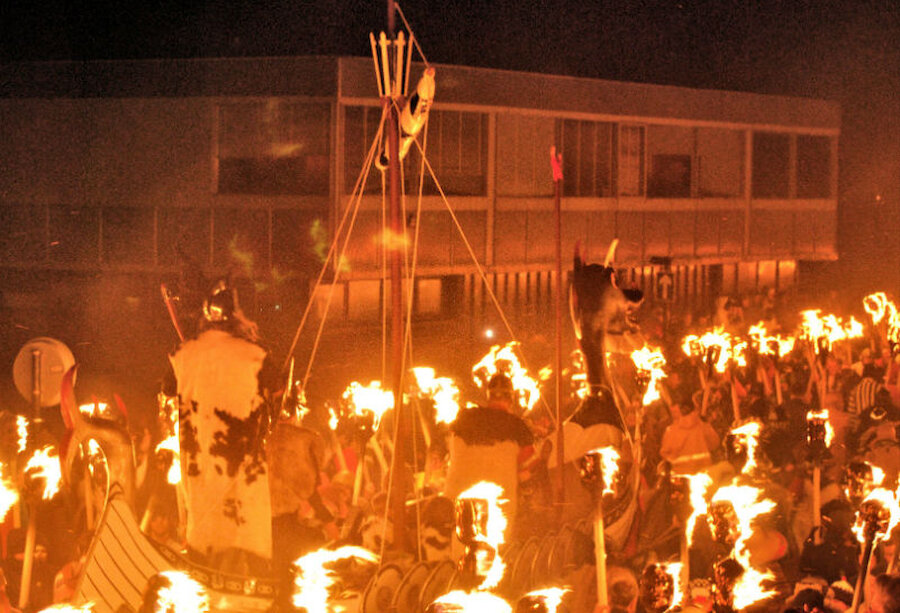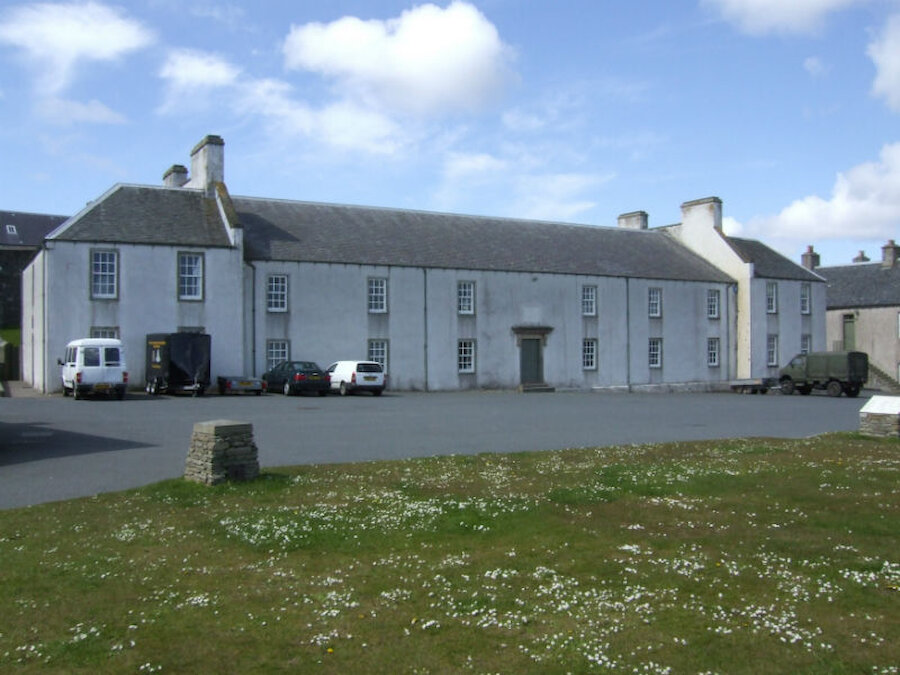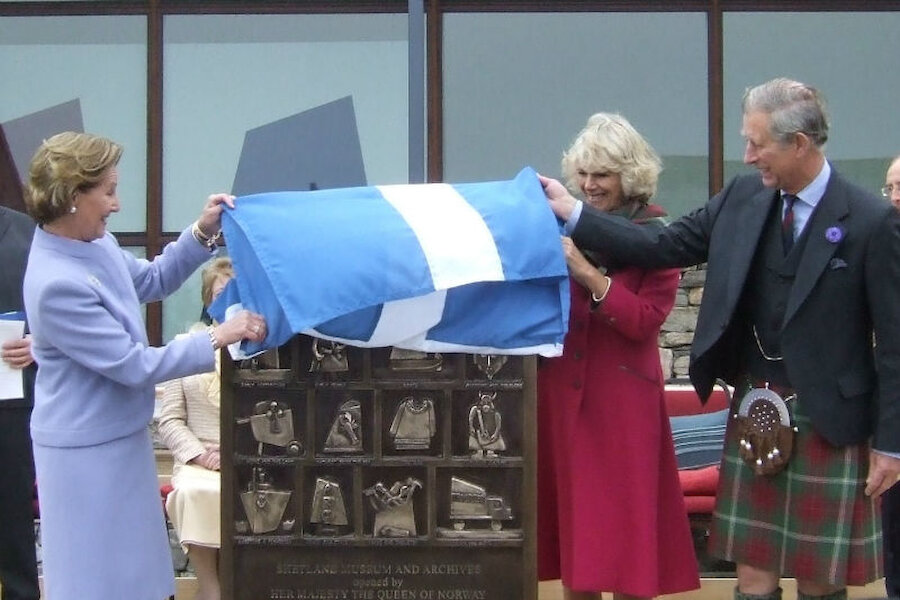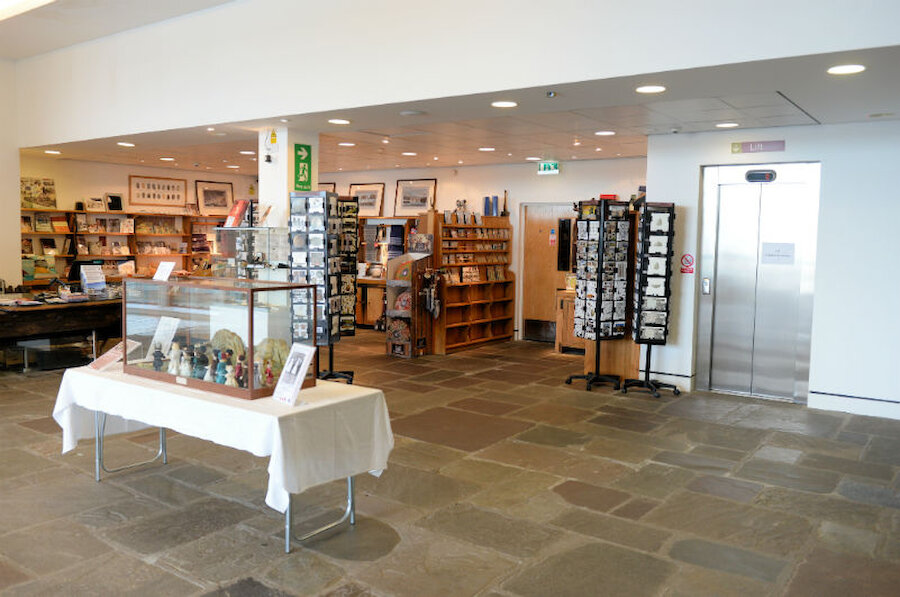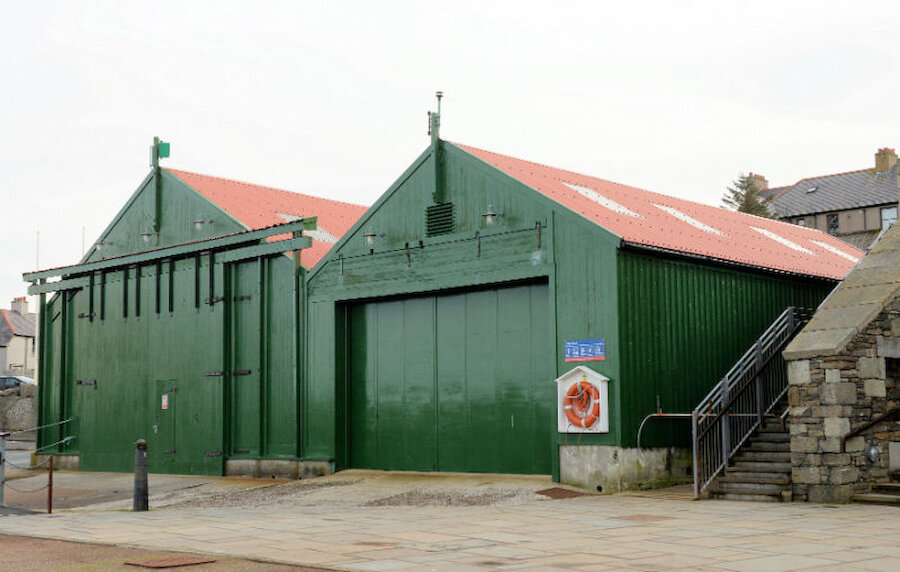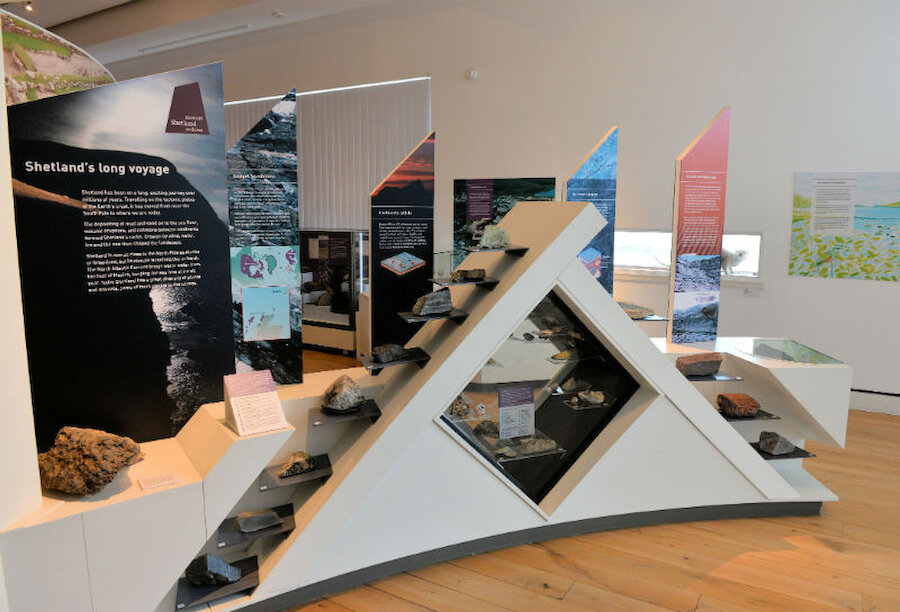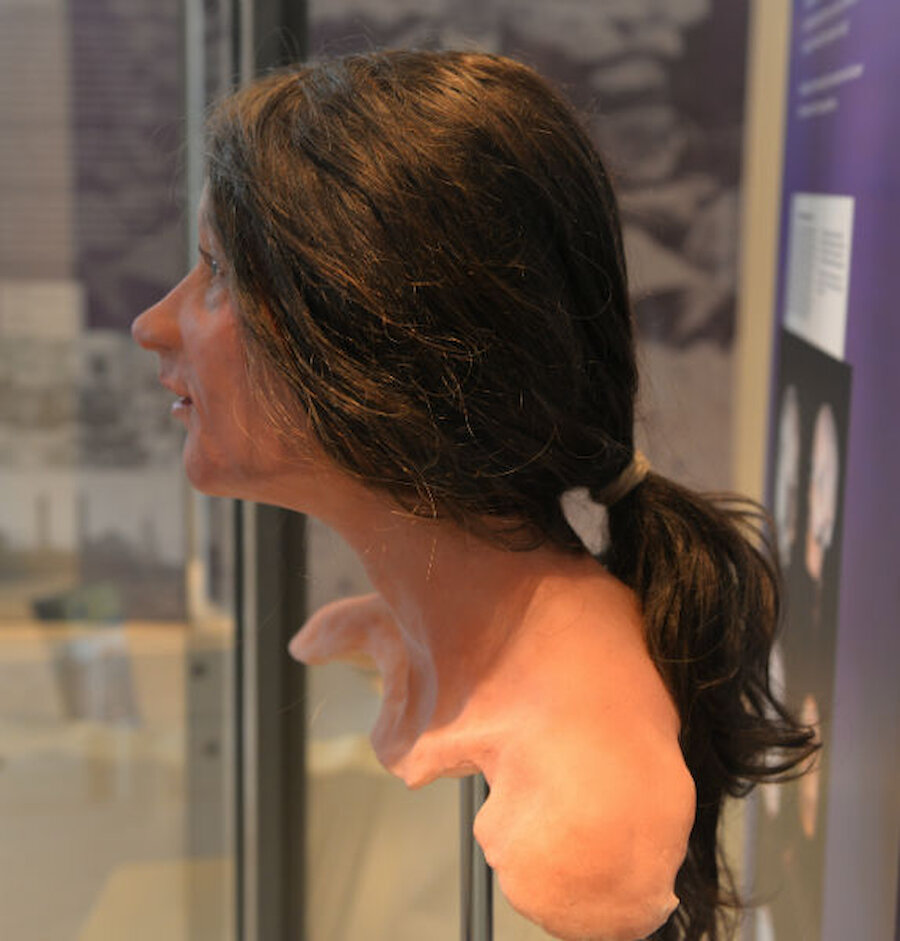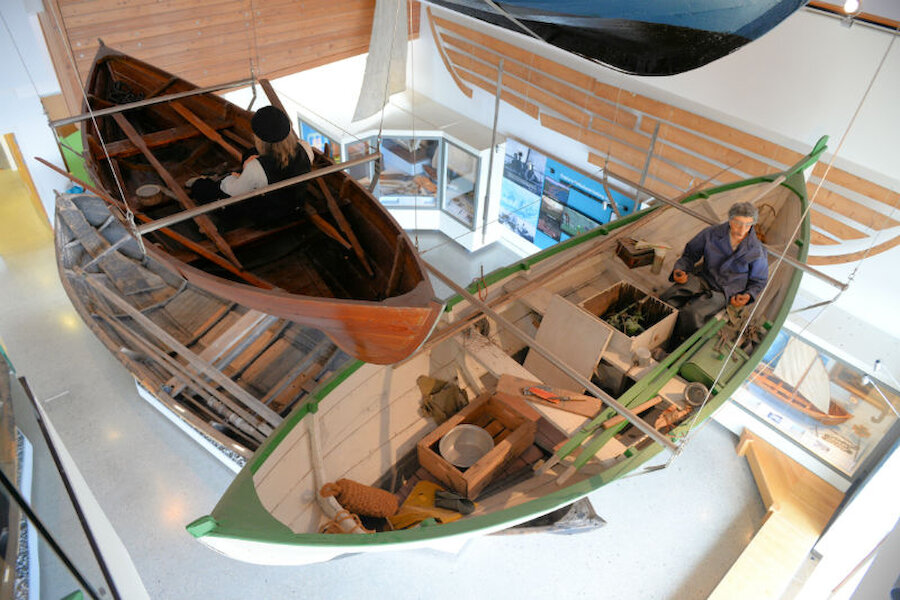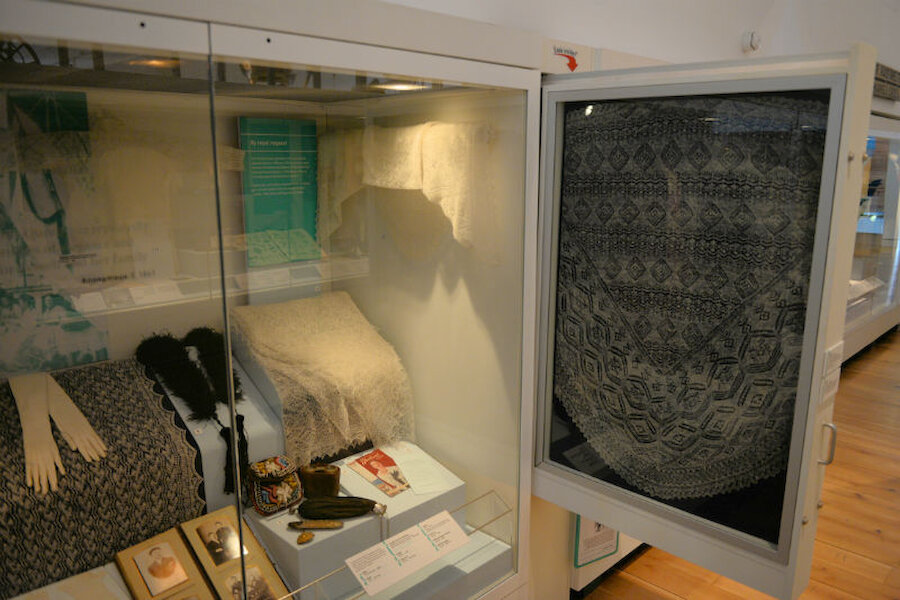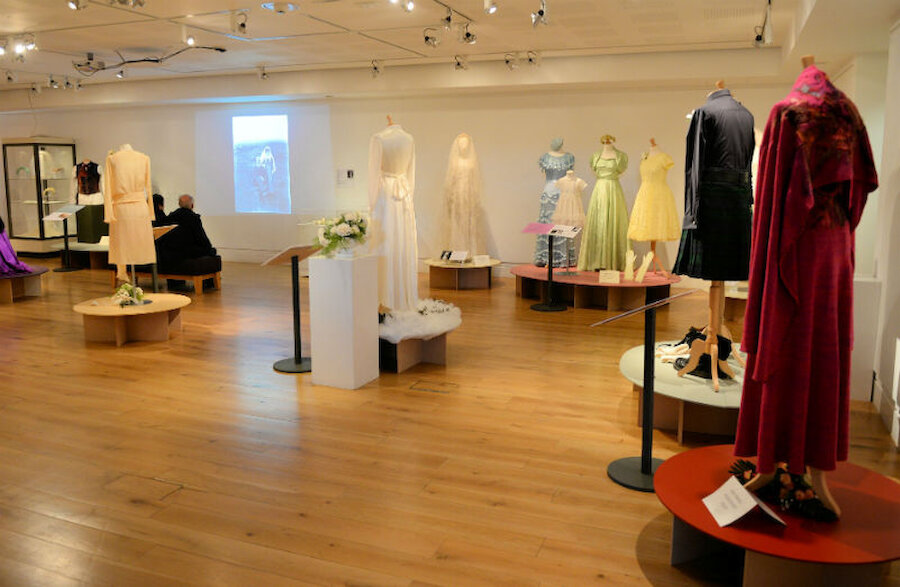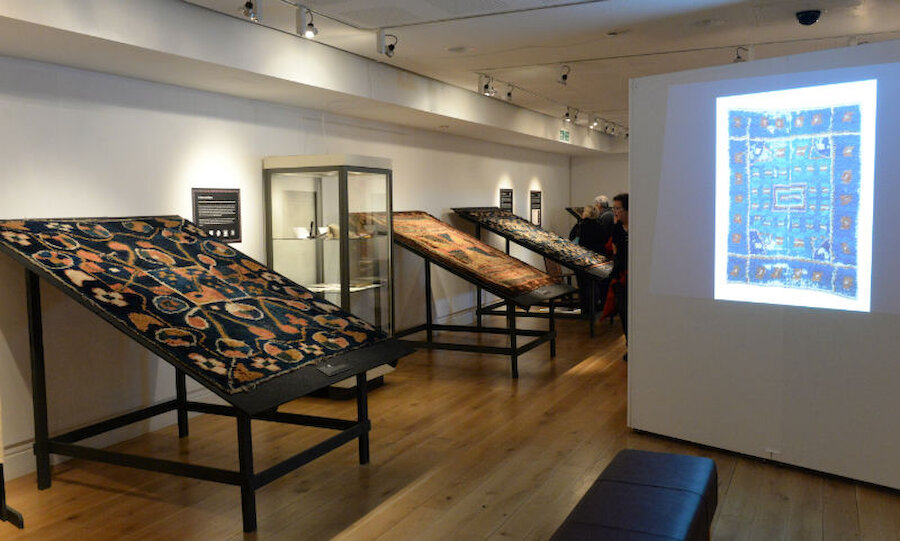For most of those who were involved at the time, including this writer, the best location was unquestionably at Hay’s Dock, the oldest intact dock in Lerwick, dating from 1830. It wasn’t just historically appropriate; it would also support the wider plans for the regeneration of what was, at that time, a decaying section of the town’s waterfront.
However, there was some support for an alternative option, which would have seen the late 18th century buildings at Fort Charlotte adapted for the purpose. The fort was originally constructed in the 1660s to protect Bressay Sound during the second Anglo-Dutch war. A further study demonstrated that the constraints of that site, an A-listed building with very limited space and no real potential for extension or adaptation, were insurmountable.
With the feasibility studies completed, and with site acquisition greatly assisted by the intervention of the local enterprise company, the project was handed over to the Shetland Amenity Trust, then managed by Jimmy Moncrieff. He, the then museum curator, Tommy Watt and the Archivist, Brian Smith, pursued the project with vision and a determination to make it the best it could be. Sadly, both Jimmy and Tommy are no longer with us.


